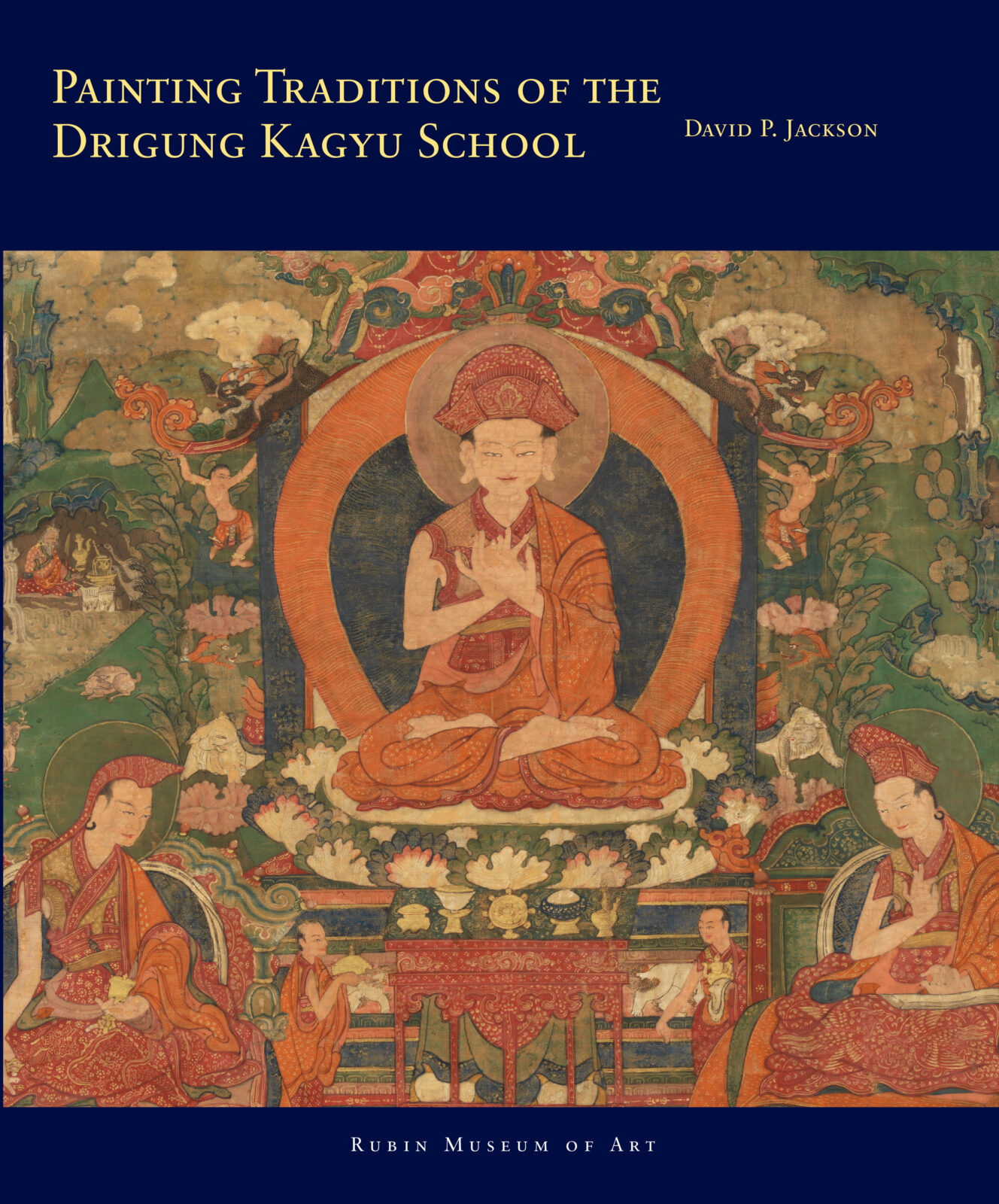Though the Drigung Kagyu was one of the most prominent and powerful schools of Tibetan Buddhism during its early period (12th–14th century), its art is still relatively poorly known, even among Tibetans. With its mother monastery destroyed twice, once in the late 13th century and again during the Great Cultural Revolution, much of the art was lost or dispersed. The iconography of the Drigung School is examined with regard to its three main periods—early, middle, and late—in combination with the distinctive influences of the Sharri, Khyenri, and Driri styles. The book aims elucidate to the painting traditions of the Drigung Kagyu School and investigate lineage depictions and methods of dating, while referring to previously overlooked Tibetan sources, both ancient and modern. The publication and related exhibition also explores the beneficial quality ascribed to the works of art and the elements they contain.
Jackson, David P., Christian Luczanits, and Kristen Muldowney Roberts. Painting Traditions of the Drigung Kagyu School. Masterworks of Tibetan Painting Series. New York: Rubin Museum of Art; Seattle and London: Distributed by the University of Washington Press, 2015.
Find elsewhere:
Library of Congress WorldCat Internet Archive
